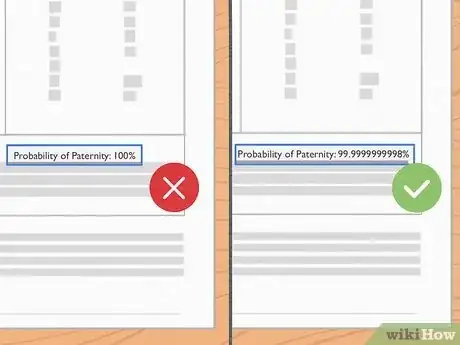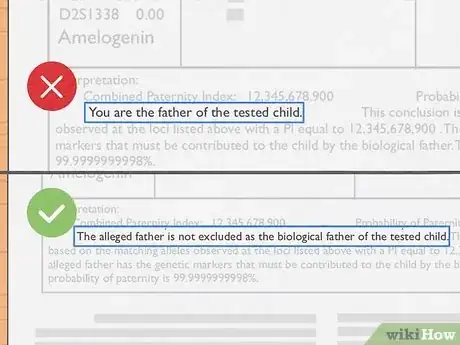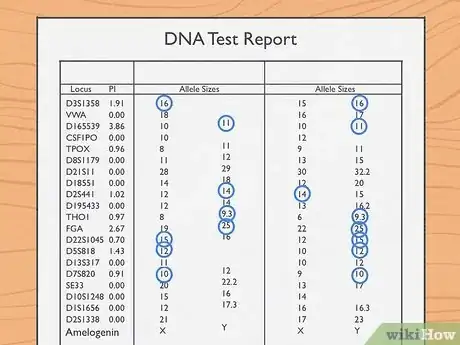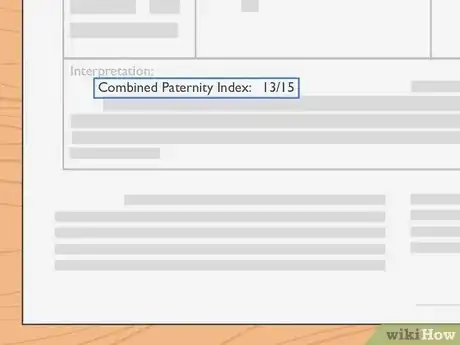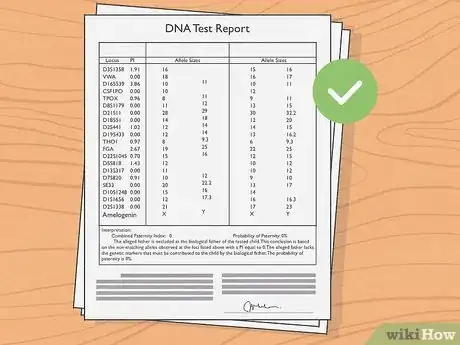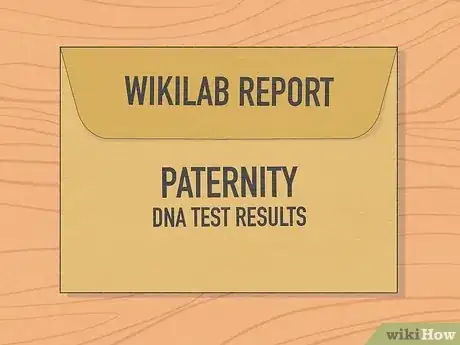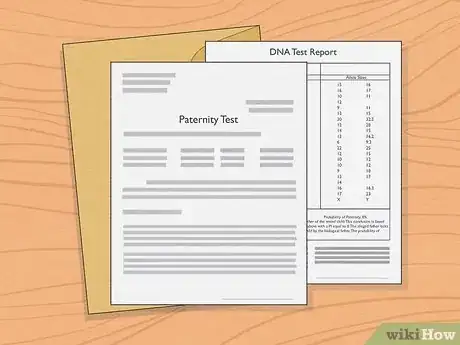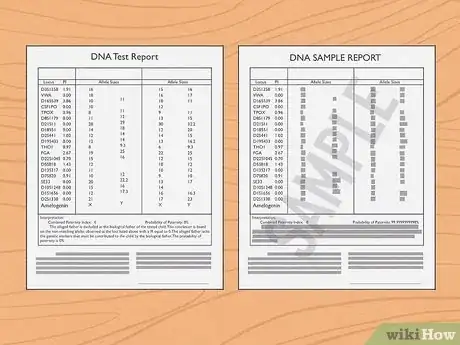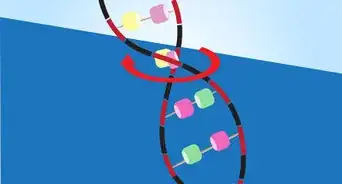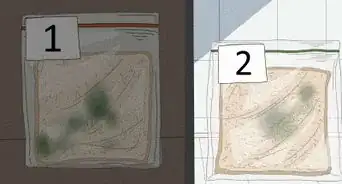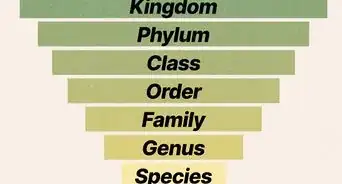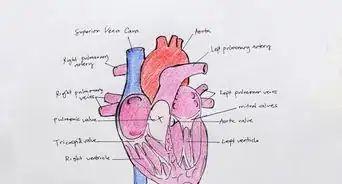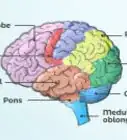This article was co-authored by wikiHow staff writer, Eric McClure. Eric McClure is an editing fellow at wikiHow where he has been editing, researching, and creating content since 2019. A former educator and poet, his work has appeared in Carcinogenic Poetry, Shot Glass Journal, Prairie Margins, and The Rusty Nail. His digital chapbook, The Internet, was also published in TL;DR Magazine. He was the winner of the Paul Carroll award for outstanding achievement in creative writing in 2014, and he was a featured reader at the Poetry Foundation’s Open Door Reading Series in 2015. Eric holds a BA in English from the University of Illinois at Chicago, and an MEd in secondary education from DePaul University.
There are 11 references cited in this article, which can be found at the bottom of the page.
This article has been viewed 12,603 times.
Learn more...
If your gut is telling you that someone might be trying to pull a fast one by showing you fake paternity DNA results, it’s reasonable to be suspicious. While even falsified results can be difficult to read through and understand for a layperson, we’ve got your back. There are plenty of telltale signs DNA results might be fabricated, but even if they’re real we’ll show you how to read the results so you don’t have to take someone else’s word for it. Don’t stress—you’ll know what the results mean in no time.
Things You Should Know
- Read what the report says to spot anomalies or inconsistencies that indicate obviously fraudulent results.
- Make sure that the number of matching alleles line up by counting them. That number of matches should match the CPI and conclusion.
- Contact the lab on the letterhead to confirm it’s their report. If they won’t confirm it, compare it to their sample report.
- Any test containing more than one parent of the same gender is fake. No lab will compare two fathers or two mothers on the same report.
Steps
Warnings
- Depending on where you live, presenting fake DNA results can actually be illegal. If you find out that someone has provided you with false DNA paternity results, so don’t hesitate to contact the police.[15]⧼thumbs_response⧽
References
- ↑ https://www.sciencedirect.com/topics/medicine-and-dentistry/paternity
- ↑ https://www.lawforfamilies.com/5890760-read-paternity-test-codes.html
- ↑ https://www.sciencefocus.com/the-human-body/can-two-people-have-the-same-dna/
- ↑ https://www.researchgate.net/figure/Comparison-of-combined-paternity-index-CPI-values-of-100-trio-and-300-duo-cases-with_fig1_273144727
- ↑ https://www.lawforfamilies.com/5890760-read-paternity-test-codes.html
- ↑ https://my.clevelandclinic.org/health/diagnostics/10119-dna-paternity-test
- ↑ https://www.lawforfamilies.com/5890760-read-paternity-test-codes.html
- ↑ https://www.thetech.org/ask-a-geneticist/paternity-test-two-mismatches
- ↑ https://support.genovateconnect.com/hc/en-us/articles/4406456326029-How-do-I-read-my-DNA-Paternity-Test-results-report-
- ↑ https://my.clevelandclinic.org/health/diagnostics/10119-dna-paternity-test
- ↑ https://www.aabb.org/standards-accreditation/accreditation/accredited-facilities/aabb-accredited-relationship-testing-facilities
- ↑ https://www.lawforfamilies.com/5890760-read-paternity-test-codes.html
- ↑ https://dnatesting.com/5-surprising-ways-paternity-test-samples-get-contaminated/
- ↑ https://www.ncbi.nlm.nih.gov/pmc/articles/PMC4702712/
- ↑ https://www.bbc.com/news/uk-england-merseyside-40250820
